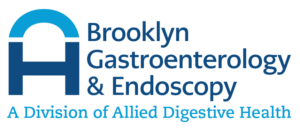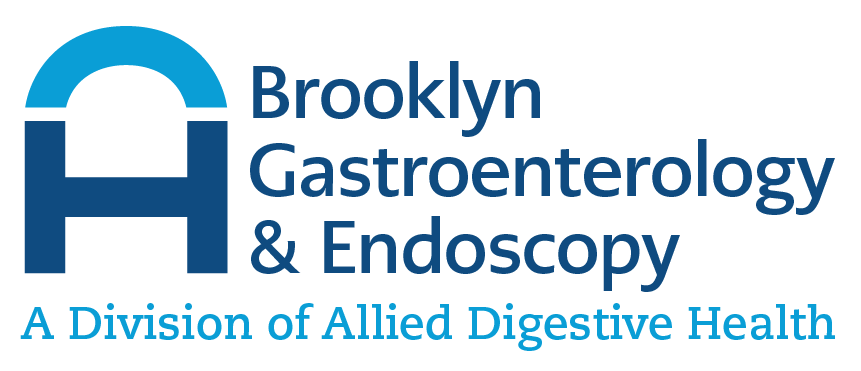What Is Primary Biliary Cholangitis?
Unlike typical cirrhosis of the liver, which is primarily caused by alcohol abuse, primary biliary cholangitis (referred to as PBC or primary biliary cirrhosis) is a disease that decreases liver function by damaging the bile ducts in the liver. Bile ducts are an essential part of the body’s digestive system, as they carry bile (digestive fluid) from the liver to the small intestine.
When the bile ducts are blocked or not working properly, this causes bile to build up in the liver, Normally functioning bile ducts break down fats in the small intestine and help to absorb necessary vitamins into the bloodstream, such as vitamins A, D, E, and K. If too much bile builds up in the liver, scars begin to form, which is also known as cirrhosis. PBC is a progressive disease and can worsen over time. Scarring in the liver is irreversible, but if the disease is detected early, more treatment options are available. It also depends strongly on what stage cirrhosis is in.
What Are the Different Stages of Primary Biliary Cholangitis?
Primary biliary cholangitis can be present for years before symptoms occur. The early stages of the disease offer an average life expectancy for those who are diagnosed with PBC. However, if the disease isn’t discovered until later or treatment isn’t initiated, the average life expectancy is 10 to 15 years. There are four stages of primary biliary cholangitis, and they are as follows:
- Stage I: Medium-sized bile ducts are affected, and there is slight inflammation and damage.
- Stage II: Small-sized bile ducts are beginning to form blockages.
- Stage III: Scarring begins in the liver.
- Stage IV: The liver has been permanently damaged by cirrhosis (scarring), which is irreversible.
Treatment for PBC depends highly on what stage the disease is in.
What Are the Symptoms of Primary Biliary Cholangitis?
PBC is a slow and progressive disease, and you may not experience symptoms for years. Some patients carry on primary biliary cirrhosis diagnosis, yet still do not have noticeable symptoms. If you do experience symptoms, some of the most common symptoms include nausea and vomiting, darkening or yellowing of the skin, unexplained weight loss, sudden fatigue, intense itching, a swollen stomach, edema (swelling of the legs and ankles), diarrhea, and joint pain. This is not a comprehensive list of symptoms, as there are many symptoms associated with PBC. If you experience any gastrointestinal disturbances that last more than several days, it’s wise to consult with your gastroenterologist just to ensure that nothing is wrong. As PBC is a progressive disease, it’s best to discover it in its early stages to optimize life expectancy.
What Causes Primary Biliary Cholangitis?
Unlike typical cirrhosis, which often develops because of diseases like hepatitis C or alcohol abuse, PBC is an autoimmune disorder. Autoimmune diseases are when the body attacks healthy cells, believing they are foreign invaders. Everyone has T cells in their body, and they do a terrific job at fighting off illness. But in people with autoimmune disorders, T cells mistakenly attack the “good” cells too. As with many autoimmune disorders, researchers aren’t sure what causes primary biliary cholangitis. However, there are some risk factors associated with PBC to be aware of. The most prominent risk factor for the development of PBC is being female. According to the American Liver Foundation, 90 percent of all primary biliary cirrhosis cases are women. Other risk factors include:
- Cigarette smoking
- Chemical exposure
- Being between the ages of 30 and 60
- Having an immediate family member who also has a PBC diagnosis
How Is Primary Biliary Cholangitis Diagnosed?
Your doctor will ask about your personal and family history and may also give you a physical exam. The first thing your healthcare provider will likely order is a blood test when it comes to testing. This test searches for something specific in the blood, known as anti-mitochondrial antibodies (AMA). Your gastroenterologist will also check your enzyme levels. If your doctor suspects that you have a diagnosis of PBC, they may order imaging tests, such as an ultrasound. Additionally, your doctor may take a biopsy of your liver to check for problems.
What Are the Treatment Options for Primary Biliary Cholangitis?
Treatment options vary, depending on which stage the disease was discovered. There is no cure for primary biliary cholangitis, but patients can lead healthy and productive lives with treatment options. Treatment for PBC is primarily pharmacological (i.e. medications). Your physician may prescribe different medications, depending on the situation. Ursodiol is a medication that changes some of the chemical composition of bile in the liver, while obeticholic acid is a newer agent often used in conjunction with ursodeoxycholic acid (UDCA) to treat PBC and improve liver function.
In the later stages of primary biliary cholangitis, a liver transplant may be needed in order for treatment. Doctors may also give you prescription-strength antihistamines, as there is intense itching associated with PBC at times.

